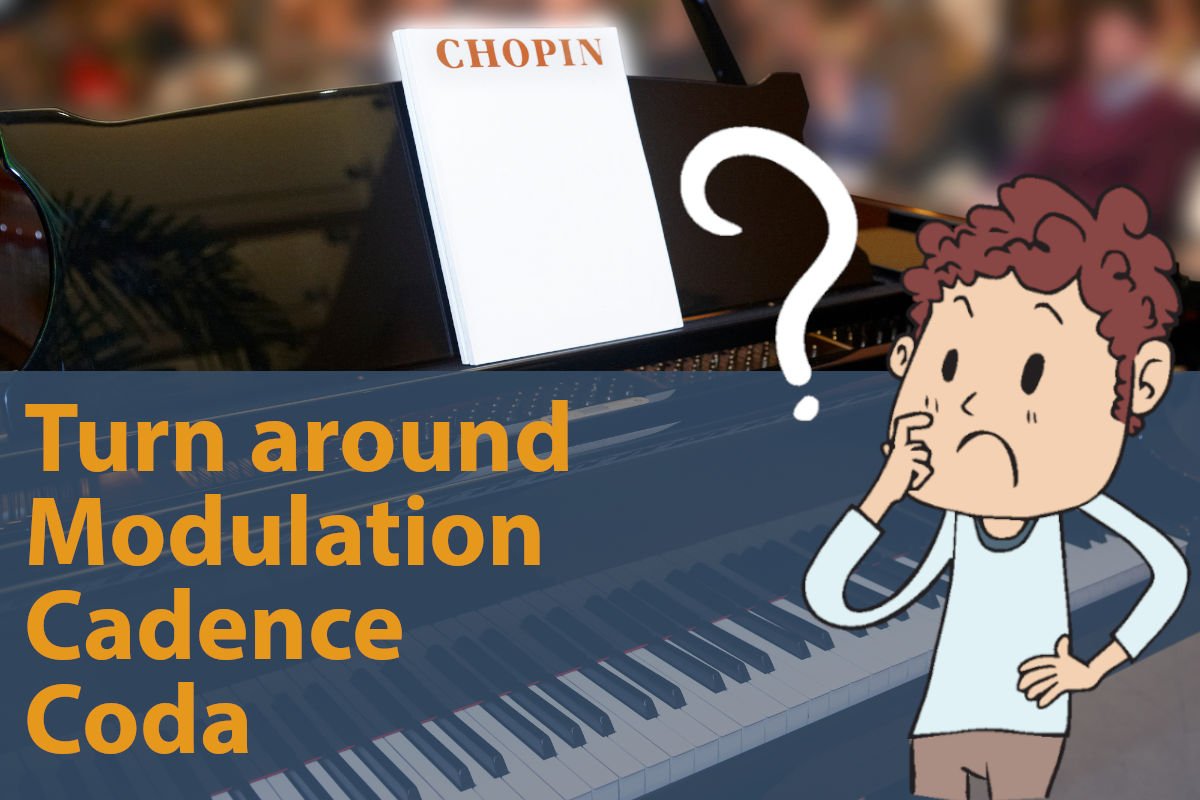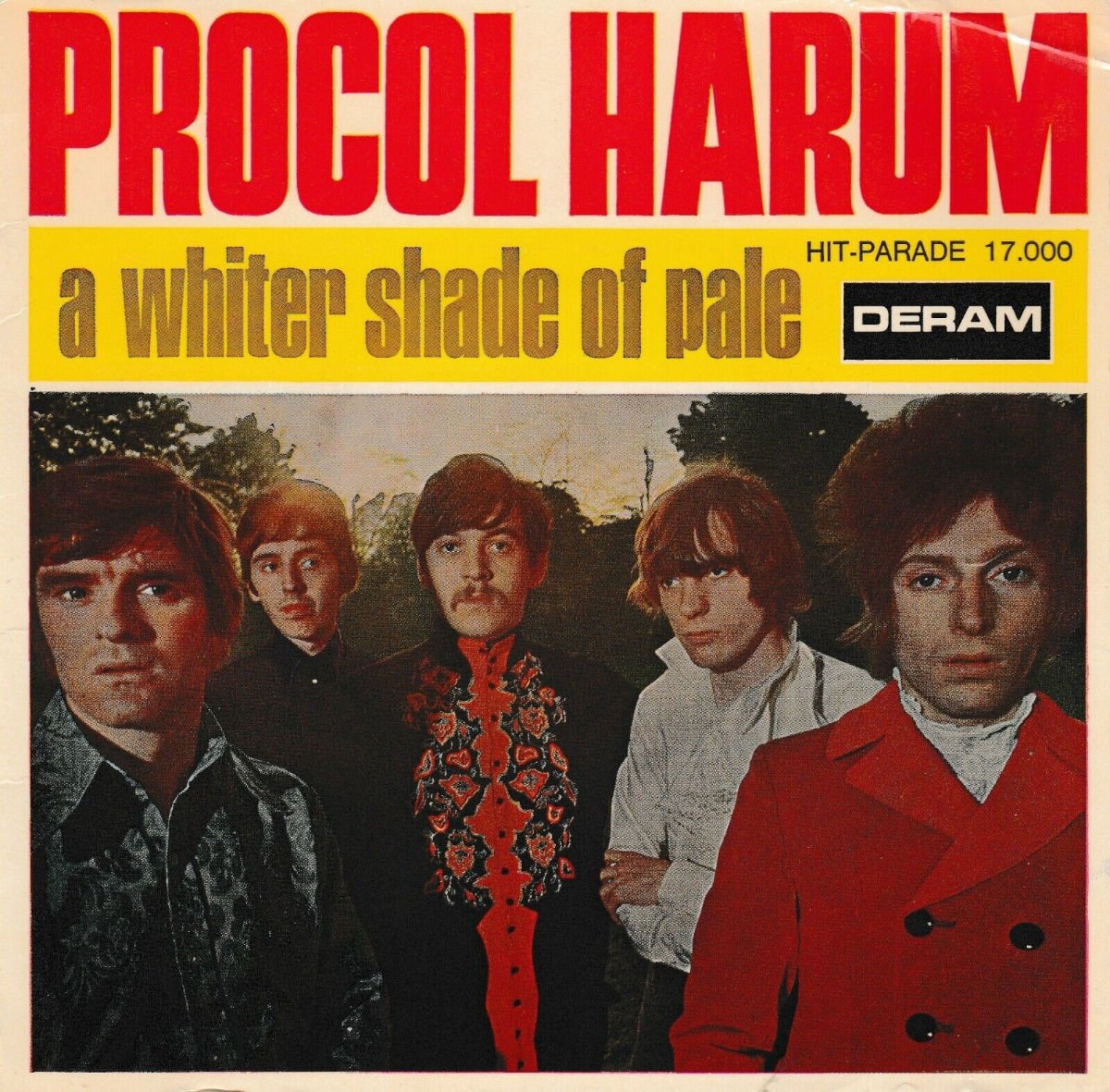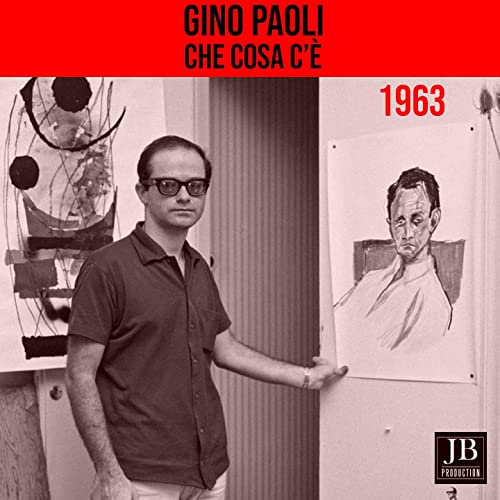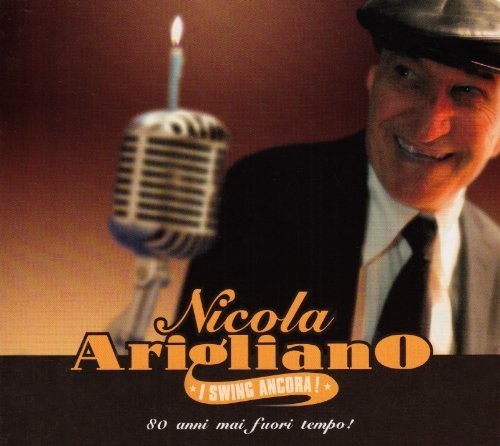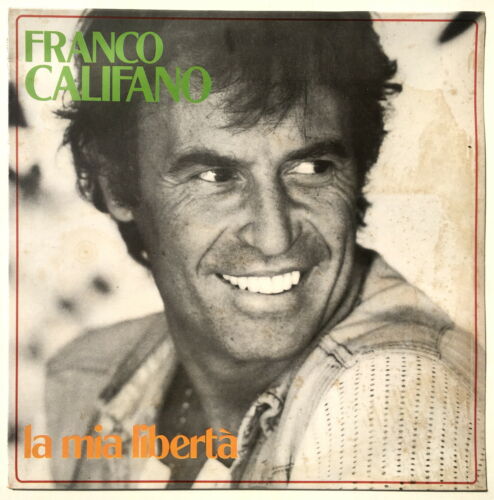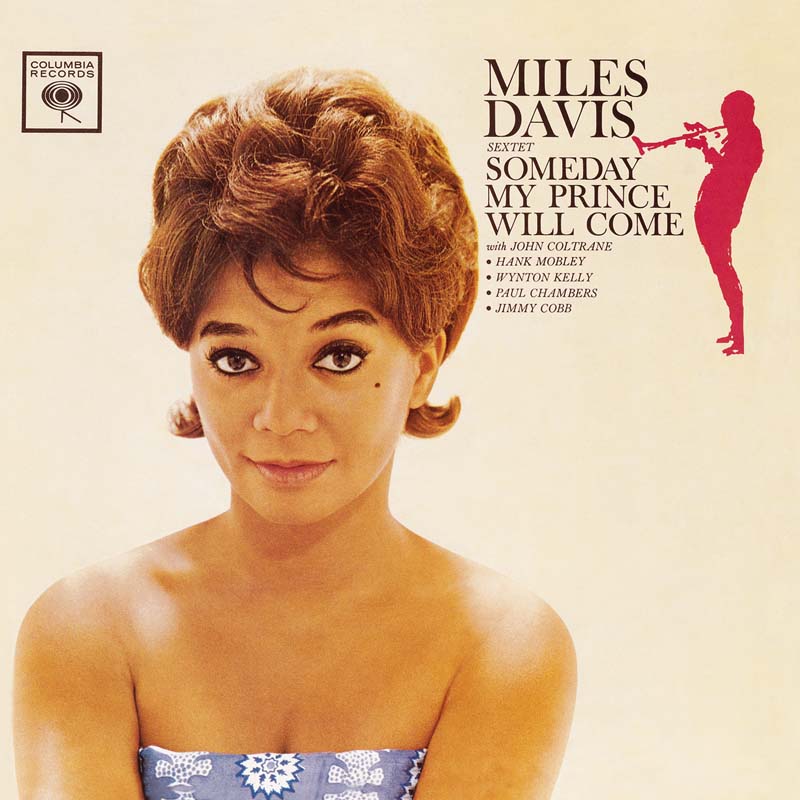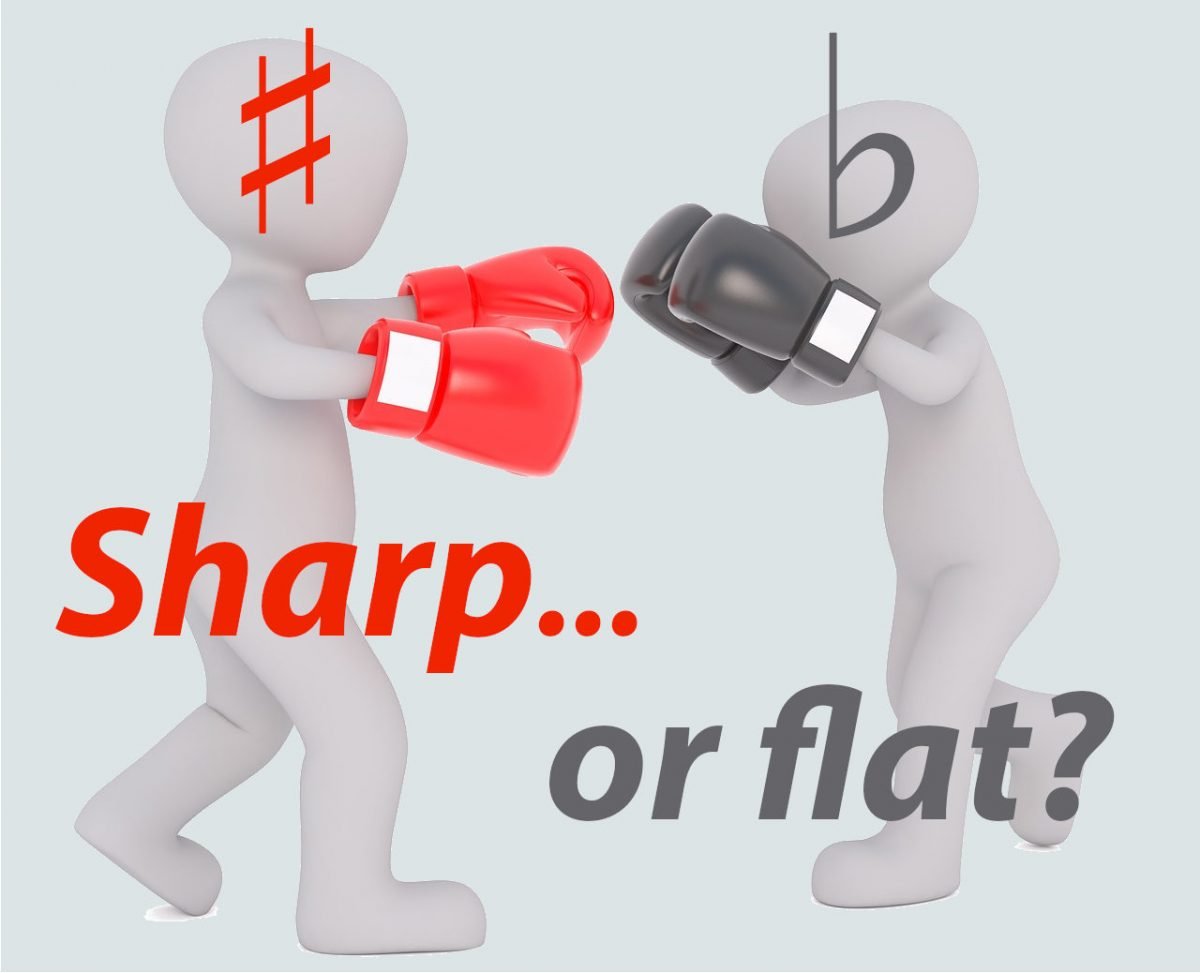[Monday Notes n.169] Chopin’s Waltz in A minor, Opus B.150, is one of the easiest pieces to play in the great composer’s repertoire. It is very simple and clear even in its harmony, so it lends itself to being used as an example to understand four fundamental concepts of music: the cadence, the modulation, the…Continue readingChopin waltz in A minor, four simple harmony lessons
Category: Monday Notes
A music analysis column dedicated to the great classics of jazz and rock music: every Monday a song with technical notes and curiosities. To start the week on a good note… and learn more about music.
[Monday Notes no.168] Vasco Rossi is one of the Italian singer-songwriters who most divides the audience: many love him, just as many dislike him. In fact, his music has characteristic features, unique in some respects, which can support opposing opinions and reviews. I have tried to analyze his song Va bene, va bene così, highlighting…Continue readingVasco Rossi, Va bene, va bene così. Giving space to the band… it pays off
[Monday Notes no.167] A Whiter Shade of Pale is a classic Procol Harum song, the song that launched the band in 1967. While American rock is mainly inspired by the blues, British rock has always maintained a close relationship with classical music. No wonder, then, that A Whiter Shade of Pale is largely derived from…Continue readingA Whiter Shade of Pale, all in one scale, like Bach
[Monday Notes no.166] Napule è is part of Pino Daniele’s first album Terra mia, released in 1977. The Neapolitan composer was inspired by the blues and jazz repertoire but did not deny his origins, which he proudly claimed by singing in Neapolitan dialect. It is therefore not surprising that Pino Daniele dedicated the first track…Continue readingNapule è, Pino Daniele sings of his home town
[Monday Notes no.165] Many of Gino Paoli’s songs are based on a chord sequence that is known in harmony as a turnaround. This is the case for example in Il cielo in una stanza, Sapore di sale and La gatta, probably his most famous songs. Che cosa c’è also employs the turnaround, but in a…Continue readingChe cosa c’è, Gino Paoli and the turnaround
[Monday Notes no. 164] Reginella is a Neapolitan song composed in 1917 by Libero Bovio and Gaetano Lama. The song is therefore more than a hundred years old, but has not lost its charm. We analyse the interpretation of Reginella by Roberto Murolo, the greatest exponent of traditional Neapolitan song.Continue readingReginella, Roberto Murolo sings of an ended love
[Monday Notes no. 163]Nicola Arigliano was a great lover of jazz and contributed to its diffusion in Italy, already his first recordings from the 1950s have a clear jazz flavour in their arrangements and in his way of singing. Below we listen to and analyse one of his latest hits, presented at the Sanremo festival…Continue readingNicola Arigliano, guilty… of loving jazz
[Monday Notes no. 162] Franco Califano was a singer-songwriter and poet and wrote dozens of songs, often for other singers. Among those interpreted by him personally, we analyse Un tempo piccolo, a song very refined both in its lyrics and music.Continue readingFranco Califano, Un tempo piccolo. A popular poet out of the mainstream
[Monday Notes no. 39] Many songs in the jazz repertoire derive from musicals and films, and cartoons are no exception. In the 1937 cartoon, Snow White sings Someday My Prince Will Come to an audience of dwarves and forest animals.Continue readingSomeday My Prince Will Come, from Snow White to Jazz
My students often ask me when to use sharps and when to use flat when writing a note or chord. The answer to this question is not so simple, what is true for single notes is not always true for scales and chords. So let’s see how to use sharps and flats to write notes,…Continue readingSharps, flats and circle of fifths. How to write alterations

